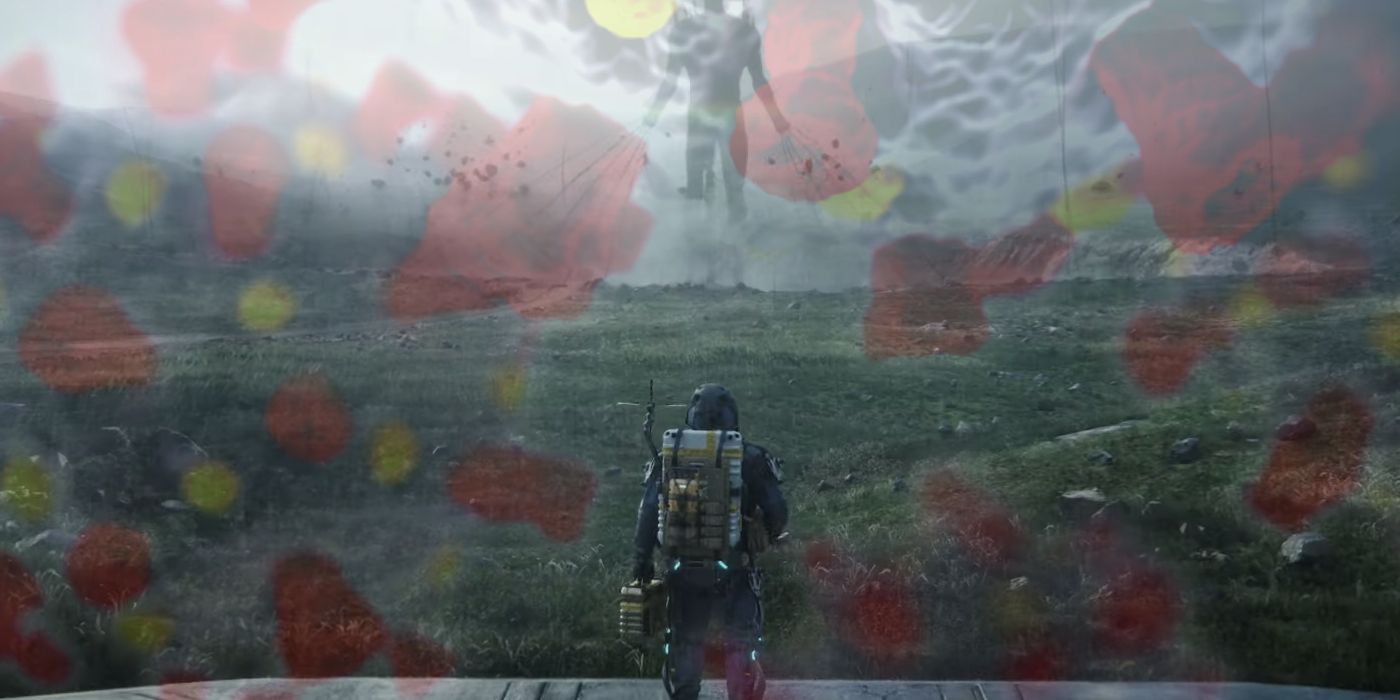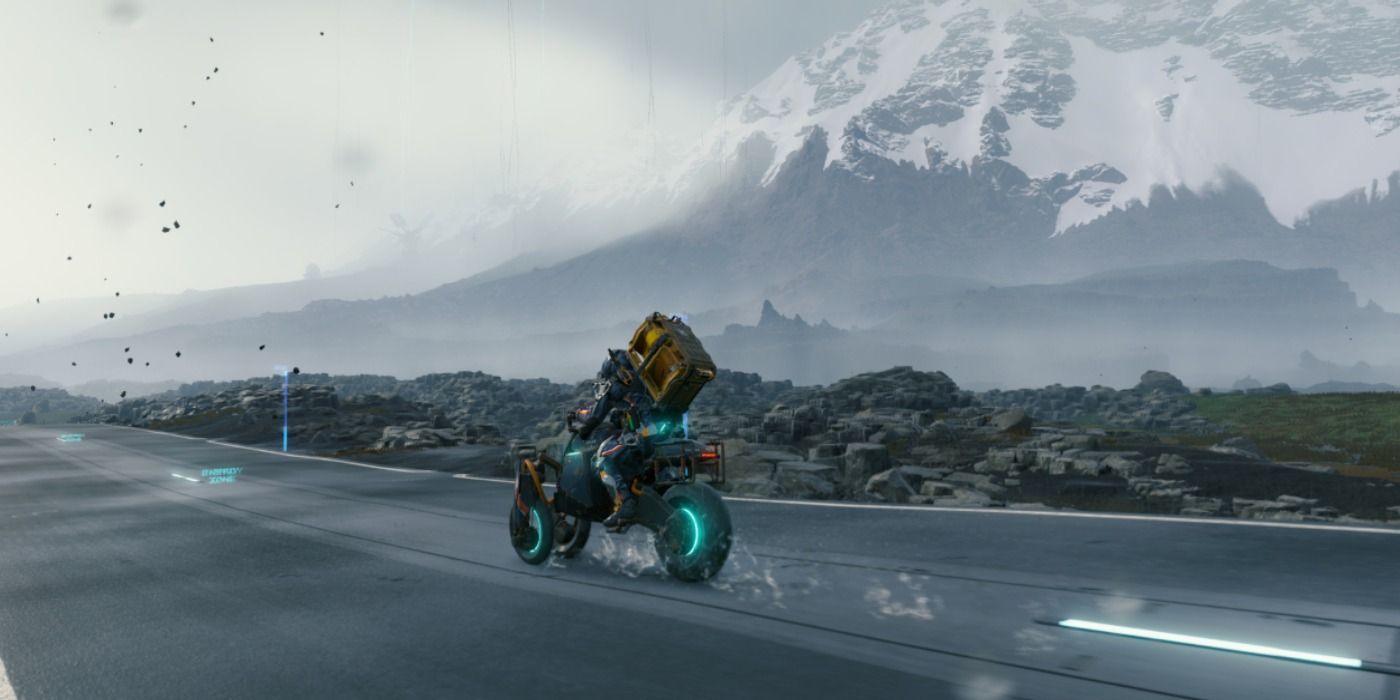It is becoming frighteningly clear that Kojima Productions’ Death Stranding predicted the future in surprising ways. Released in November 2019, the action game impressed critics with its haunting open world and unique mechanics. With a year of hindsight, fans are seeing that many elements of Death Stranding’s distinct setting have played out in the real world.
Death Stranding’s director, Hideo Kojima, is known for examining political themes. Kojima’s Metal Gear Solid franchise is about war, featuring characters who frequently deliver speeches about the geopolitics and consequences of warfare. With Death Stranding, Kojima deals with the politics of isolation - both political polarization and literal, physical isolation. A mysterious cataclysm, the titular “Death Stranding,” has killed millions and forced the rest of humanity into isolated settlements. The overarching goal of the campaign to bring the citizens of a post-apocalyptic America together seems less and less like fiction, as tensions and death statistics continue to rise in the real United States.
According to Death Stranding writer Kenji Yano, Kojima was influenced by the works of science fiction author Sakyo Komatsu. In a video interview with IGN, Yano explains: “Death Stranding got things right about the current pandemic. People are unable to go outside, becoming isolated. I’ve often said that Sakyo Komatsu and Mr. Kojima are quite similar, in that they’re writers who foresee the future.” During the global pandemic, many people in Japan are re-watching Virus, a 1980 sci-fi action film based on a Komatsu novel. In Virus, a deadly pathogen wipes out much of the human race, leaving an isolated band of heroes to struggle for survival. Death Stranding has also found a similar resonance since the outbreak of COVID-19.
What Death Stranding Got Right About 2020
Death Stranding predicted how a deadly cataclysm would divide people, not bring them together. In a video interview with director Hideo Kojima, he explains that while developing Death Stranding, he saw how crises lead to further division: “I looked at the world at that time...and I felt that it was becoming divided and people were becoming isolated... even on the internet, a lot of people are still becoming isolated and divided. They’re connected to others, but it’s leading to conflict, bullying and so on.” These worrying trends have only intensified since Death Stranding's release.
The world of Death Stranding is lonely, dangerous, and divided. Players are tasked with bridging those divides, often with literal portable bridges. The protagonist, Sam Porter Bridges (Kojima was never one for subtlety) is essentially a high-tech delivery person. Bridges connects his fellow citizens by carrying their packages through a hazardous world. In this way, Death Stranding’s gameplay predicts our world’s increased reliance on delivery services and online stores in a time when leaving the house can be a health risk. Additionally, players are awarded “likes” for their efforts, mirroring social media’s growing role in society while in-person communication is restricted.
It is nothing short of eerie how closely world events are following those in Death Stranding. Kojima predicted that a worldwide disaster would cause us to become more isolated and more dependent on social media and delivery services. Hopefully, Kojima was also right that humanity can overcome this catastrophe by coming together - digitally, that is, not though holograms but through Zoom meetings.


